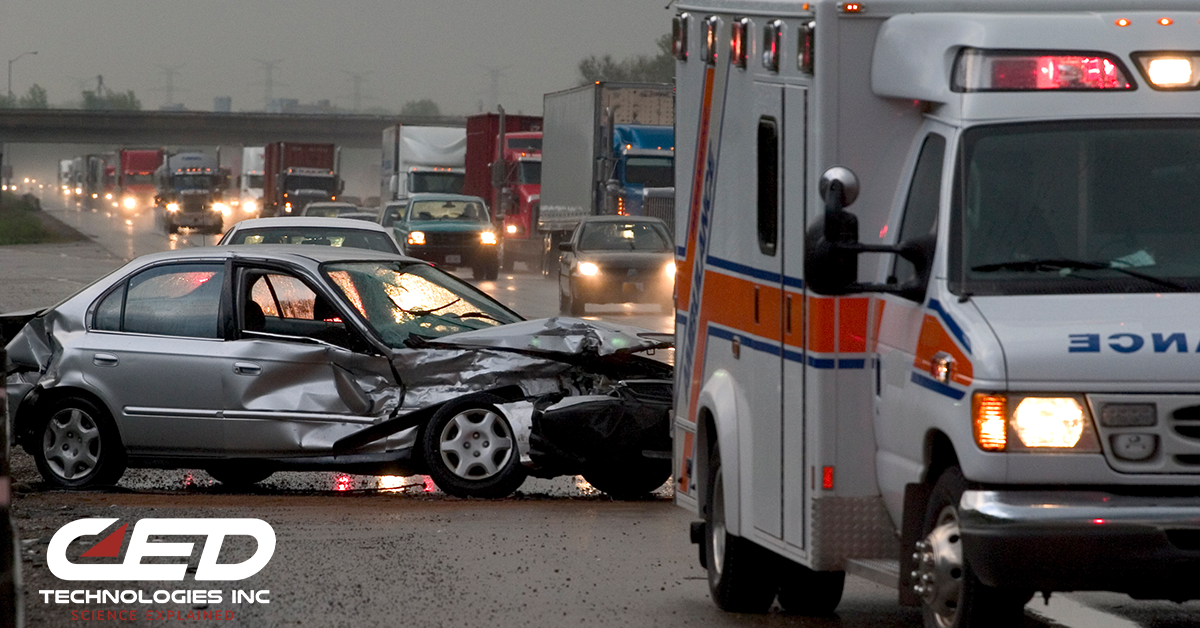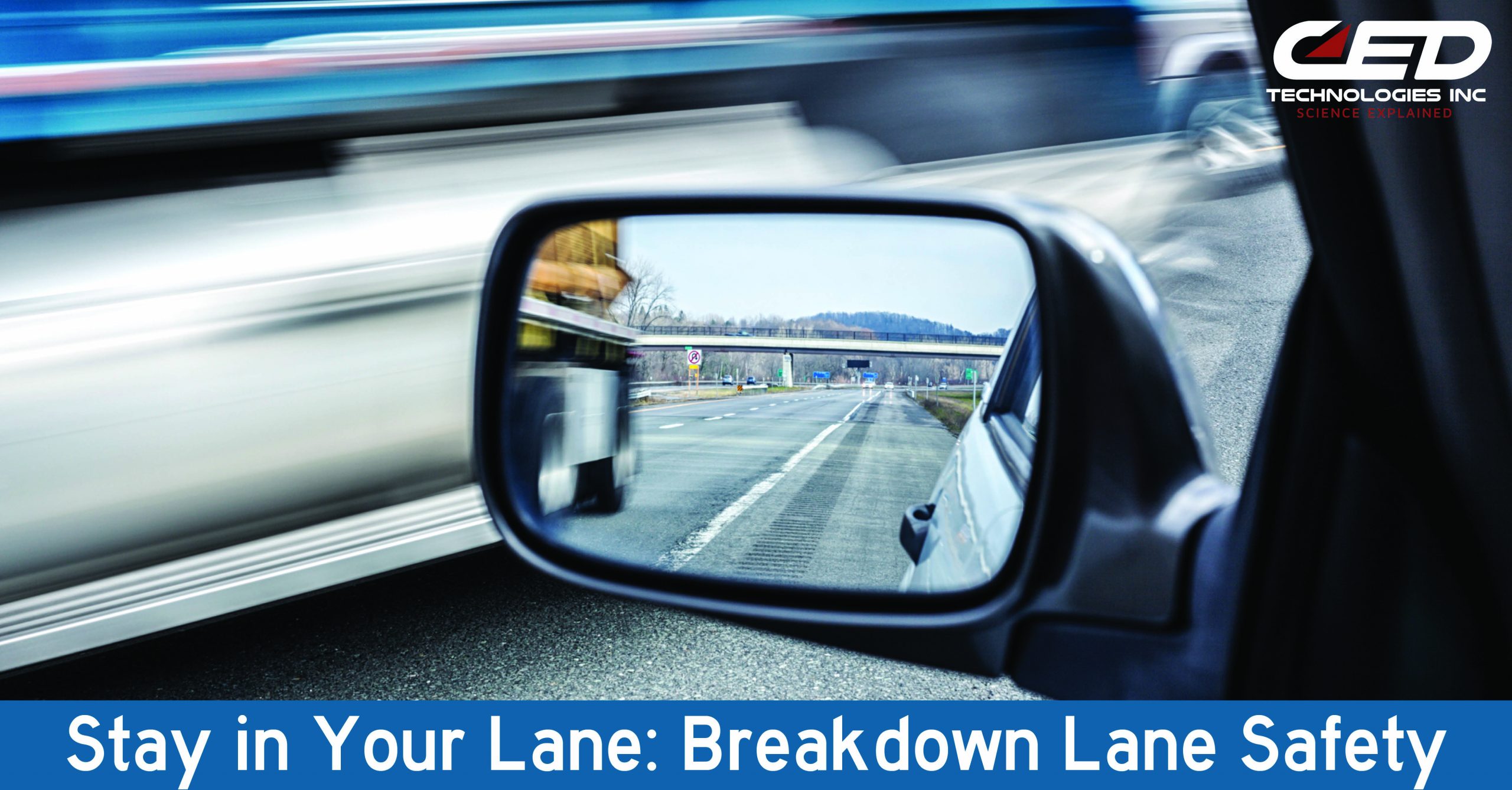Operating heavy machinery is a dangerous task that requires the utmost care and attention. However, people often do not realize that driving a vehicle on the roadway qualifies as just that. Drivers often become complacent and forget their responsibilities of driving when sitting behind the wheel. Car accidents account for nearly 1.25 million deaths around the world each year — a statistic that has driven engineers to study the human factors that can lead to a safe versus risky driving experience.
The National Traffic Highway Safety Administration (NTHSA) found that human factors caused up to 93% of crashes investigated. Whether running late to an appointment, deciding to answer a text or call, or even eating on the run, people regularly engage in inattentive behaviors. Consider this: taking your eyes off the road for even 5 seconds at a speed of 55 mph is the equivalent of driving more than 400 feet, or more than the length of a football field, with eyes closed. Statistics show that distracted driving claimed 3,142 lives in 2019.
When investigating a vehicular accident, and considering the possibility of human factors, our engineers look at perception and reaction time (PRT) and visibility. PRT is calculated using a software that measures the ability to perceive a hazard and then react to that hazard. Reaction time is based on four factors: perception, identification, decision and action. These factors and their input allow our engineers to determine perception reaction times that are based on scientific research.
Visibility often deals with the line of sight between a driver and a reported hazard which may have contributed to an accident. These studies consider three important factors: lighting, stationary objects, and moving objects. Using 3D simulation software, CED can provide a working animation showing what would be visible to the driver during the perception reaction time period and leading up to the accident.
On the consumer side, car manufacturers teamed up with engineers to provide improved equipment and technology from seat belts and airbags to electronic stability control and blind spot detection. Vehicles on the road today have a 56% lower fatality risk than they did decades ago, thanks in part to these advances in engineering and the analysis of crash data.
With all of the state-of-the-art offerings in today’s cars to alert us of danger and keep us safe, humans still possess the best solution – staying alert and fully focused on the road when driving. If you need help determining causation in a vehicular accident, whether a manufacturing defect or human factor, CED has a Transportation Group of experts that can determine the origin. Submit a case online, or contact us here.
Click Here To See Our Full List of Experts Click Here To Submit an Inquiry about a possible Claim or Case.






